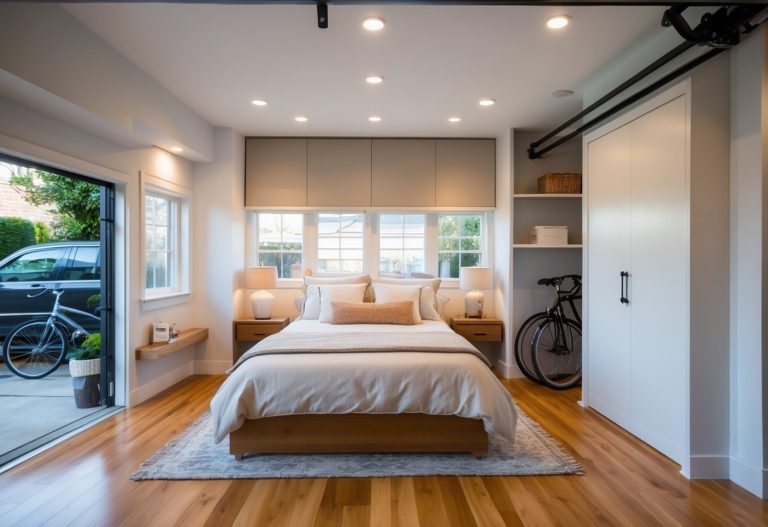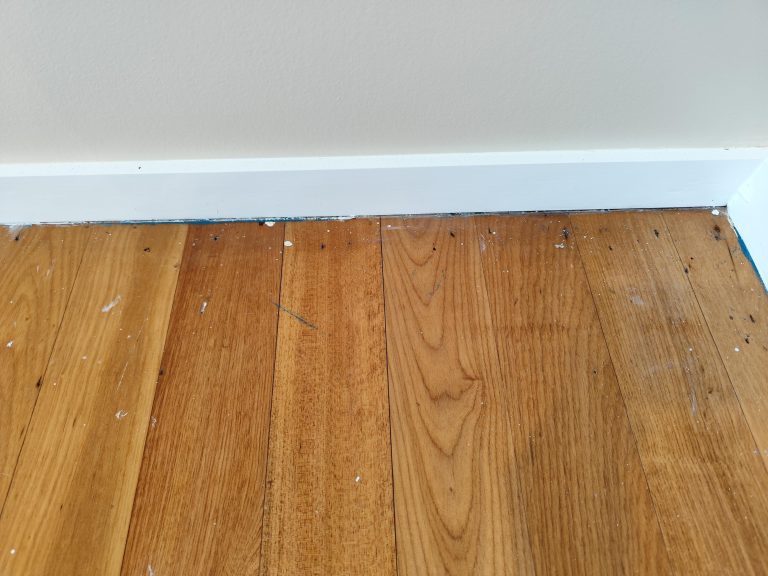Have you ever stopped to think about what exactly a flight of stairs is? It’s something you encounter every day, yet its simple design plays a big role in how you move through spaces.
Understanding what a flight of stairs really means can change the way you see your home, office, or any building you enter. Keep reading, and you’ll discover surprising facts that make this common structure more interesting than you might expect.
Your next step up just got a lot clearer.

Credit: www.viewrail.com
Flight Of Stairs Basics
A flight of stairsis a set of steps that connect one floor to another. It helps people move up or down inside buildings. Usually, a flight has several steps placed one after another.
Each flight has common partsthat make it safe and easy to use:
- Treads:The flat parts where you step.
- Risers:The vertical parts between treads.
- Handrails:Bars on the side for holding and support.
- Stringers:The sides that hold the steps in place.
Flights of stairs are important in homes, schools, and offices. They help you move quickly between floors. Without stairs, moving inside multi-story buildings would be hard.
Types Of Staircases
Straight stairsrun in a single line. They are simple and easy to build. These stairs take up less space and are common in many homes.
L-shaped stairshave a 90-degree turn. They often include a small landing between flights. These stairs offer a nice break in the climb and fit well in corners.
U-shaped stairsmake a 180-degree turn. They have two flights connected by a landing. This design saves space and looks elegant.
Spiral stairscurve around a central pole. They are compact and stylish but can be tricky to climb. Great for small spaces where saving room is important.
Measurement And Dimensions
The riseis the height of each step in a flight of stairs. The runis the horizontal depth of the step where you place your foot. Together, they help make stairs safe and comfortable to use.
Treadmeans the flat part of the step you walk on. The riseris the vertical part between each tread. Typical tread sizes range from 10 to 12 inches, while risers are usually 7 to 8 inches high.
| Measurement | Typical Size |
|---|---|
| Rise (Height of each step) | 7 to 8 inches |
| Run (Depth of each step) | 10 to 12 inches |
| Tread (Flat part of step) | 10 to 12 inches |
| Riser (Vertical part) | 7 to 8 inches |
Staircase pitchis the angle between the stairs and the floor. It usually falls between 30 and 37 degrees. This angle helps keep stairs easy to climb and safe for everyone.
Materials Used
Woodis a common material for stairs. It is warm and easy to shape. Wooden stairs fit well in homes and add a cozy feel. They can be stained or painted in many colors.
Metalstairs are strong and last long. They are often used in outdoor or industrial places. Metal stairs can look modern and sleek. Steel and aluminum are popular choices for metal stairs.
Concretestairs are very tough and stable. They are used in public buildings and outside. Concrete can handle heavy use and different weather. These stairs can be plain or covered with tiles or stone.
Safety Considerations
Handrailsand guardrailshelp stop falls on stairs. They give support to hold onto while climbing or going down. Guardrails also stop people from falling off open sides.
Non-slip surfaceson steps reduce slipping risks. Materials like rubber or textured paint keep feet from sliding, especially when wet. These surfaces make stairs safer for everyone.
Building codes set rules for stairs. They say how tall steps should be and how strong handrails must be. Following these codes keeps stairs safe and easy to use for all ages.

Credit: www.jlconline.com
Design Tips
Space optimization is key for a flight of stairs. Choose a design that fits well in small areas. Spiral stairs save a lot of room. Straight stairs are simple and easy to build. Use open risers to make space feel bigger. Under-stair storage is smart and practical.
Aesthetic choices shape how stairs look and feel. Wood gives warmth and a natural touch. Metal offers a modern and sleek style. Glass railings keep the area light and open. Paint or stain colors can match your home’s theme.
Lighting is very important for safety and style. Use LED strips under each step for a soft glow. Wall-mounted lights help brighten dark corners. Natural light from nearby windows makes stairs inviting. Good lighting helps avoid trips and falls.

Credit: www.tandfonline.com
Frequently Asked Questions
What Defines A Flight Of Stairs?
A flight of stairs is a continuous series of steps between two floors or landings. It allows easy vertical movement within buildings. Typically, a flight consists of 10 to 15 steps without interruption.
How Long Is A Standard Flight Of Stairs?
A standard flight of stairs usually measures about 10 to 12 feet in length. It consists of around 12 to 15 steps. Dimensions may vary based on building design and local building codes.
Why Is A Flight Of Stairs Important In Architecture?
Flights of stairs connect different building levels efficiently and safely. They optimize space and enhance building accessibility. Proper design ensures comfort, safety, and compliance with regulations.
How Does A Flight Of Stairs Impact Daily Fitness?
Climbing a flight of stairs burns calories and strengthens muscles. It improves cardiovascular health and boosts stamina. Incorporating stair climbs into daily routines promotes overall wellness.
Conclusion
A flight of stairs means a set of steps between two floors. People use it to move up or down inside buildings. Stairs help connect different levels safely and quickly. Knowing what a flight of stairs is can make understanding buildings easier.
Next time you see stairs, you’ll know their purpose clearly. Simple and useful in daily life.




